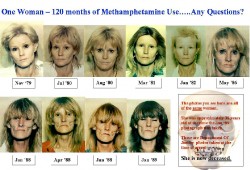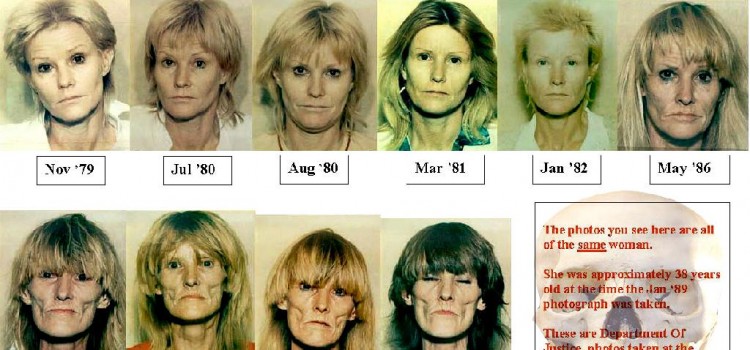Drug abuse for women was quite normal in the 19th century. For white middle and upper class women, it was easy to get addicted to drugs: doctors over-prescribed laudanum and morphine for a whole range of symptoms, from headaches associated with menopause to cramps associated with menstruation. Late in the 19th century, the state of Iowa surveyed the extent of the problem. A little more than sixty percent of white women abused drugs. These women were often seemingly “normal” too—educated and around the age of 46. Part of the reason opium was so popular was because alcohol was disliked due to its association for many women of the period with husbands who often abused them or stole paychecks in an alcoholic induced rage. For this reason, opium was the drug of choice, and many people, not just the women of these statistics, went to great lengths to procure it. Opiates were cheap and accessible too. The state of Iowa again discovered the length of this problem: about three thousand stores sold forms of opiate for a population of two million.
Unfortunately, such prescription drug abuse is still quite prevalent among women today. Though the rise of such abuse truncated in the early part of this decade, the numbers are still rather high. How bad is the situation? Even among children, there is prescription drug abuse. Children around the age of twelve claim to indulge in prescription pills for recreational purposes, according the White House Office of National Drug Control Policy. Even more disconcerting is the fact that around seven million people in the United States abuse drugs for the same recreational reasons. During the seventies, drug abuse was soaring, with tranquilizers and amphetamines being the prescription drugs of choice. The abuse started to drop off for a couple of decades until the nineties.
Older women became a larger group known for abusing drugs during that decade. Yet because older women are more susceptible to drugs, their bodies are affected more profoundly, making the damages worse than in a younger woman. The group this is most prevalent in is the 50+ age group. Again, prescription drugs are the most popular. Some patients have become experts at how to manipulate the system too. A patient might go to as many as ten different doctors for the same amount of pills from each doctor. Because patients often maintain a history of medical related pain or injuries, it is easy for them to justify their abuse. Prescription drugs are also easy to obtain. Stable health insurance and good income are often two factors seen in such cases. The abuse is generational too. Doctors have found more and more teens stealing from the medicine cabinets of mothers and grandmothers. Because the ways in which people procure drugs and the forms of drugs constantly shift, providing accurate drug treatment, specific to the problems of a patient, is often difficult. Further, because these women are often high-functioning drug abusers and not the stereotypes often seen on cop television programs of addicts, it is harder to help them understand that the serious nature of their problem.
